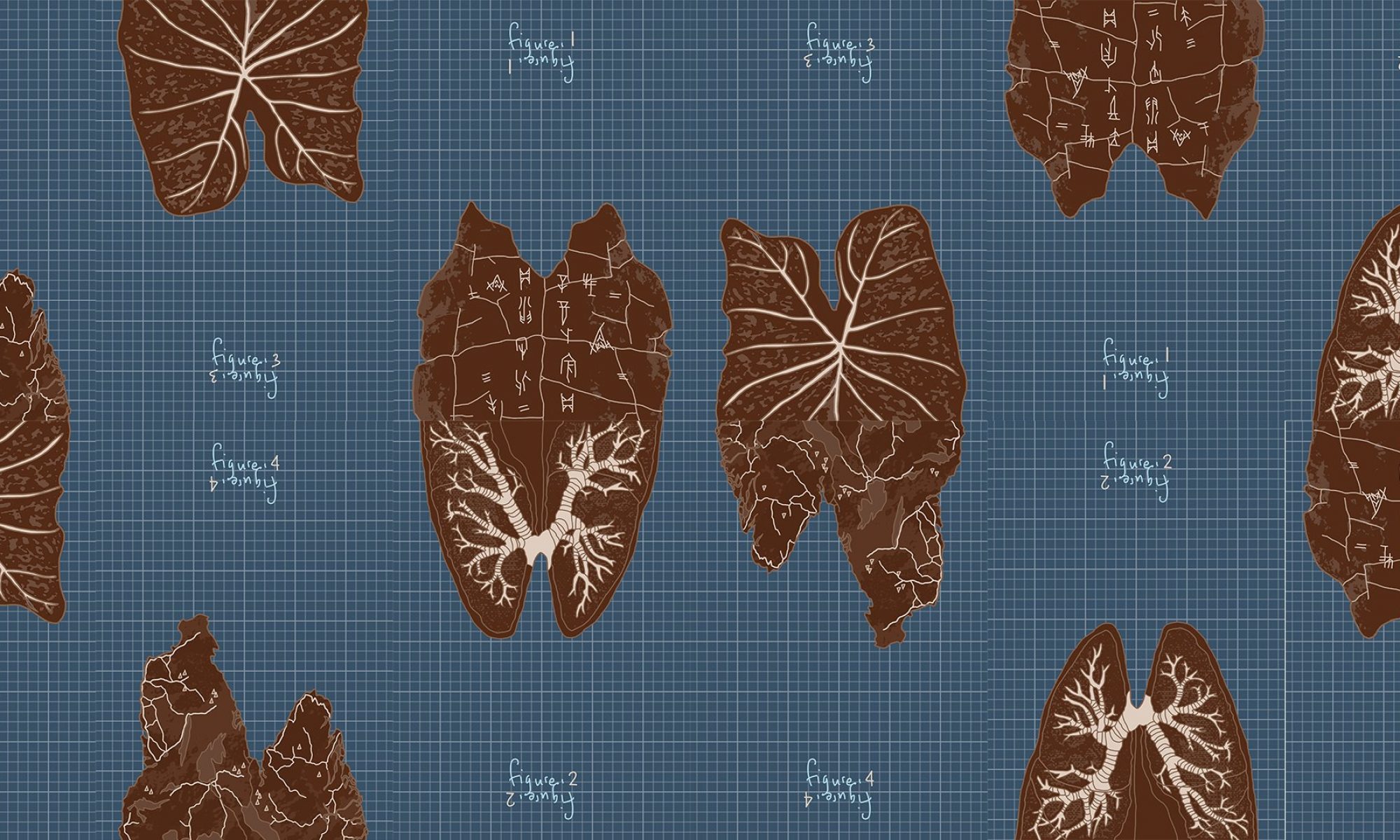I had imagined History of Graphic Design to be rather boring, focused around technical terms like serif and kerning for typography, and rules for grids and layouts. Instead I was pleasantly surprised by not only how much more there is to graphic design, but the wider scheme of cultures and disciplines it is connected to. I enjoyed how you explained the cultural background and changes in society that each artist/design was set against (although not chronologically; recognising the difficulty in doing so for design and art movements that really bounce back and forth in the time tunnel). It was meaningful this way and helped me understand how my own design practice is and should also be closely aligned with the developments in society.
Perhaps because I don’t take Typography I, I enjoyed the little insights to linguistics and semiotics gained from learning about graphic design – which I realise now is so intertwined with language, and not divorced from it just because its “visual communication” (not sure where I got that impression from). On the “visuals side”, I also hadn’t realised how closely intertwined graphic design was with fine art movements. It was interesting to see how designers responded to the manifestos of Futurism and Dada within a design framework, as opposed to painting in brisk dynamic brushstrokes or mounting urinals on pedestals.
Additionally, I appreciated how you introduced examples where links were drawn between graphic design/visual communication and other mediums, such as in the film title sequence of The Man With The Golden Arm, and the use of photomontage in poster design. Not because of the whole “T-shaped designer manifesto” the professors are trying with our History of Design education, but simply because I thought it showed how versatile and adaptable graphic design is (and perhaps the most widely applied across media and disciplines, compared to product and interactive design). I thought maybe since you showed us designers and works produced against the backdrop of the rise of corporate and identity branding, it would have been nice to have examples of graphic design incorporated into product design as well; in packaging and other paraphernalia. That might have aided my understanding of how graphic design was applied across different media.
The lessons, to my surprise, also complemented my practice in Visual Communication I. The designers and examples, ways of design thinking and design trends were valuable inspiration that I referred to in my assignments. If I had to summarise what I gained from the lessons, I think visual communication/graphic design is about the art of communicating ideas not only specific to periods, but across; each design movement or innovation being a response to another, no culture pr period excluded. Most heartwarming to know was that graphic designers are found in every aspect of society – politics, sciences, music, entertainment, sports, currency, education, you-name-it – and that they are so so important in every one of them. I am happy to be in the position of facilitating one of the most important activities of humans: communication.
PS: I think the use of OSS posts to consolidate reflections after each lesson was very effective in facilitating learning, not just for myself but from reading the posts put up by other classmates, and the comments/external links you put up. Also appreciate the very lovely printouts with keywords every lesson. For quizzes however, perhaps focusing on the significance of designers/the different movements and developments is more meaningful than simply recalling names and definitions.

Thank you very much for this valuable reflection. Very glad that you have enjoyed the lectures! If you are specializing in vis-com pathway, I strongly suggest you take Typography classes asap. In type studios, we go more into the finer details of typesetting (grids, kern, track, etc).
It’s a valuable skill to have even if you are interested in interactive media/creating apps etc. Tech companies like Apple, Facebook, Microsoft, etc in the USA specifically require their employees to have at least a basic understanding/course on typography.
I appreciate your constructive feedback about the quizzes. A number of your friends have mentioned something similar. I will definitely tweak the questions for future sections/batches.